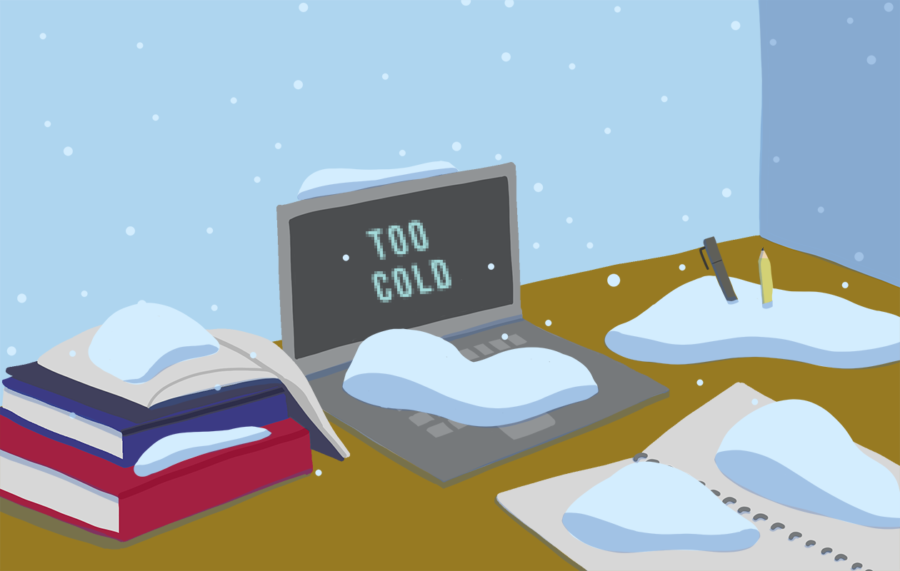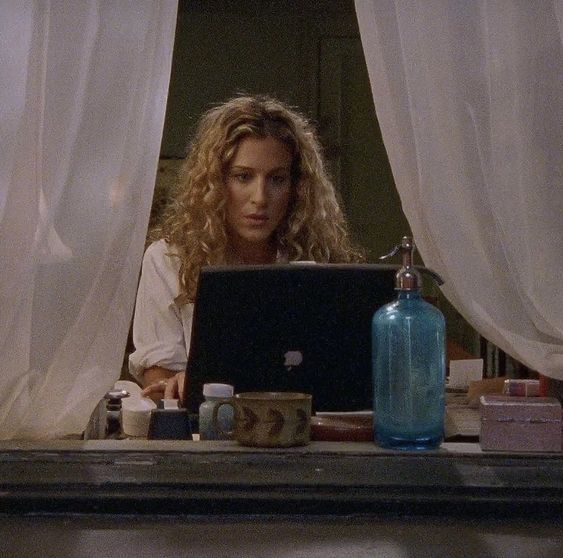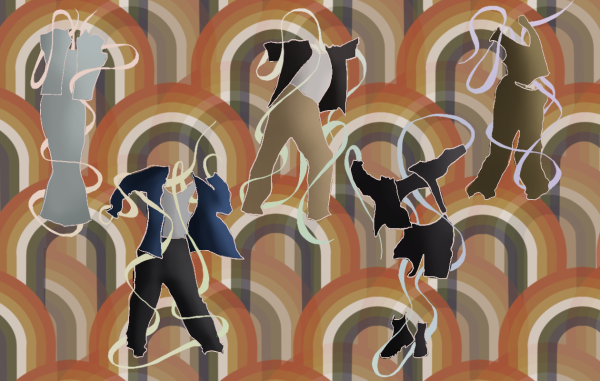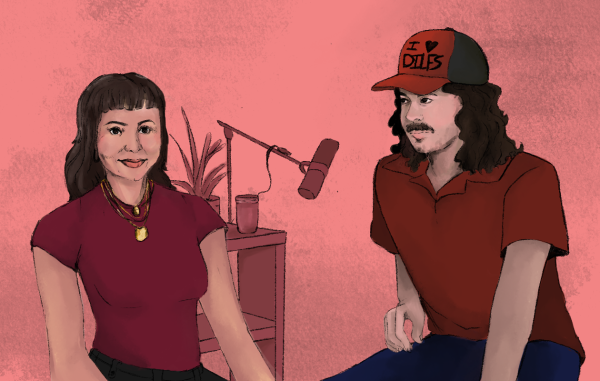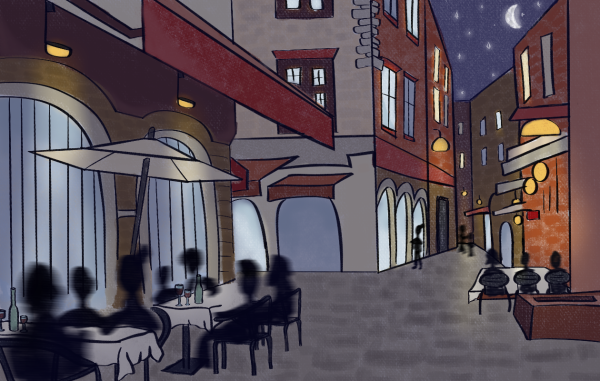cold weather’s effects on low income students and how you can help
As adults scrambled fervently amongst us, my middle school companion Mina and I were excitedly mapping out our first “real” snow day. Rolling around in snow angels, sledding down hills and scorching our tongues on hot chocolate were on the list of activities we had skillfully planned for the day. According to the news, the icy roads had affected the metro Birmingham, Alabama area pretty drastically, and my mom had informed me she was stuck in the incoming eight-hour downtown traffic jam in what I assume would be a fascinating op-ed. One failed icy road attempt later resulted in Mina, her little brother, her father and myself having to spend the night at my middle school, along with other stranded community members. Needless to say, I am not accustomed to cold weather.
Seasonal Depression And Cold Weather
Raised in an area that was brought to its knees by two inches of snow, pursuing my undergraduate studies in Kent, Ohio has been quite an adjustment for me. However, I am not alone in my difficulty adjusting to the weather, as many students find winter time to be challenging for their mood and productivity. A 2005 research study published in Psychological Science found that pleasant weather was linked to higher mood and better memory, with subjects displaying “broadened” cognition in the spring. As the sun rounds the corner and the spring semester picks up pace, it should remain a top priority for us to stay empathetic in our interactions with others, as we never know what someone else is struggling with.
What Is Clothing Insecurity?
Another hurdle cold weather contributes towards disadvantaged students is clothing insecurity. Clothing insecurity is defined as the inability to obtain or purchase adequate clothing or to wash and maintain clothing in adequate condition. Not all students have access to coats, gloves, socks or other cold weather apparel, which is necessary for warmth and safety. According to Maslow’s hierarchy of needs, one cannot thrive and live a healthy lifestyle until their basic needs, which includes clothing and shelter, are met. Everyone is entitled to feel comfortable and healthy during the winter, and community outreach can aid in helping low income students meet their needs.
How to Get Involved
Clothing and/or material insecurity is a devastating reality for many low income members of society, but there are so many effective solutions for community members to take action. The Phyllis Zumkehr Portage County Clothing Center is one amazing local program located in Ravenna, Ohio which currently commissions about 3,500 volunteers each day. The County Clothing Center provides gently-worn clothing and other household goods to individuals and families alike for free. Serving 100,000 people each year through its various programs, The County Clothing Center also donates $0.94 of every $1 directly towards service. For more information on how to get involved, please refer to the Family and Community Services homepage.
Resources for the Clothing Insecure Student
If you or anyone you know is facing resource insecurity, please refer to Stark Help Central, Stark County’s resource tool. Stark Help Central works with youth aged birth to 25 to provide free, confidential information and a variety of resource assistance. These can include basic needs, parenting resources, legal assistance or transportation. No matter the challenge in life, Stark Help Central is committed towards guiding the community in supportive conversations and is a great tool for the college student. You can also check out Kent State’s COVID-19 Resources Page for more information on funding, mental health resources and basic need assistance.
Support Student Media
Hi, I’m Grace Avery, the Editor In Chief of A Magazine. My staff and I are committed to bringing you the most important and entertaining news from the realms of fashion, beauty and culture. We are full-time students and hard-working journalists. While we get support from the student media fee and earned revenue such as advertising, both of those continue to decline. Your generous gift of any amount will help enhance our student experience as we grow into working professionals. Please go here to donate to A Magazine.

